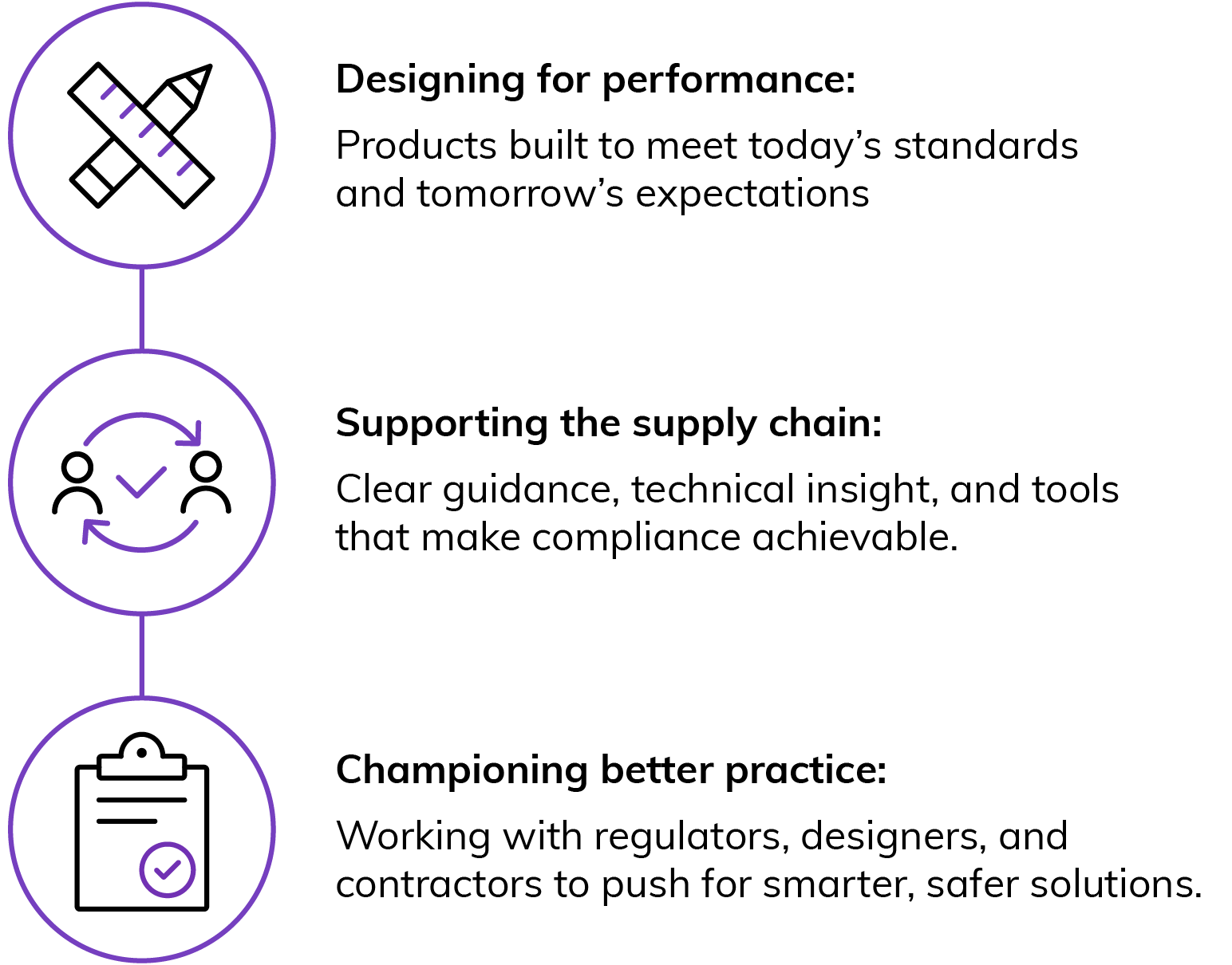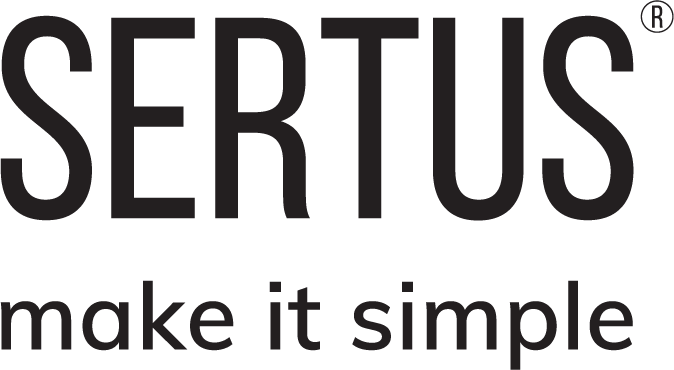Why smoke control compliance is under the spotlight in 2025
Smoke control has always played a vital role in fire safety – but in 2025, it’s facing unprecedented scrutiny. What was once seen as a technical detail has become a defining issue for the built environment, shaped by new regulation, rising professional standards, and a public that expects accountability at every level.
The regulatory shift: From guidance to enforcement
The Building Safety Act has redrawn the lines. It’s no longer enough to design for compliance – it must now be demonstrated, documented, and maintained.
The Building Safety Regulator is enforcing duties with new rigour, and smoke control systems are under direct focus. The lessons from the Grenfell Tower Inquiry continue to influence policy, driving tighter controls, clearer accountability, and a renewed understanding of how smoke moves - and how it’s managed.
Recent updates include:
BS 9991:2024 – discourages natural smoke shafts in taller buildings, favouring mechanical or pressurisation systems.
Approved Document B (2025) – introduces mandatory second staircases over 18m and new fire testing requirements.
BS EN 13501 – replaces BS 476, setting more rigorous classification standards for materials and components.
These changes directly impact how smoke control is designed, specified, and verified – and they demand earlier, better-informed decisions from the entire project team.
The industry reality: Compliance is everyone’s business
Legislation isn’t the only pressure. Across the industry, expectations are shifting:
Insurers now demand stronger evidence of compliance and product traceability. Buildings with weak smoke control provisions face higher premiums - or may struggle to secure cover at all.
Building owners are asking tougher questions around safety, transparency, and lifecycle performance.
And the public is watching closely. Failures in fire safety are no longer tolerated, and reputational damage can be instant and lasting.
The cost of getting it wrong
Non-compliance isn’t just a technical problem – it’s a business and reputational risk.
Legal exposure: Longer liability periods and tougher penalties under the Building Safety Act.
Financial impact: Fines, insurance hikes, and remediation costs that derail projects.
Reputational damage: Loss of trust that can take years to rebuild.
Sertus: Raising the standard
At Sertus, we don’t just follow the rules – we help shape best practice.
For us, compliance isn’t the finish line – it’s the starting point.
As a manufacturer of smoke control products, we’re committed to:

A shared responsibility
Smoke control isn’t just another checkbox in the design process – it’s a life safety system that must perform when it matters most.
Delivering that reliability requires collaboration from everyone involved: architects, consultants, contractors, and building owners alike. The challenge is shared - and so is the responsibility.
Let’s raise the standard.
Let’s build safer buildings – together.
